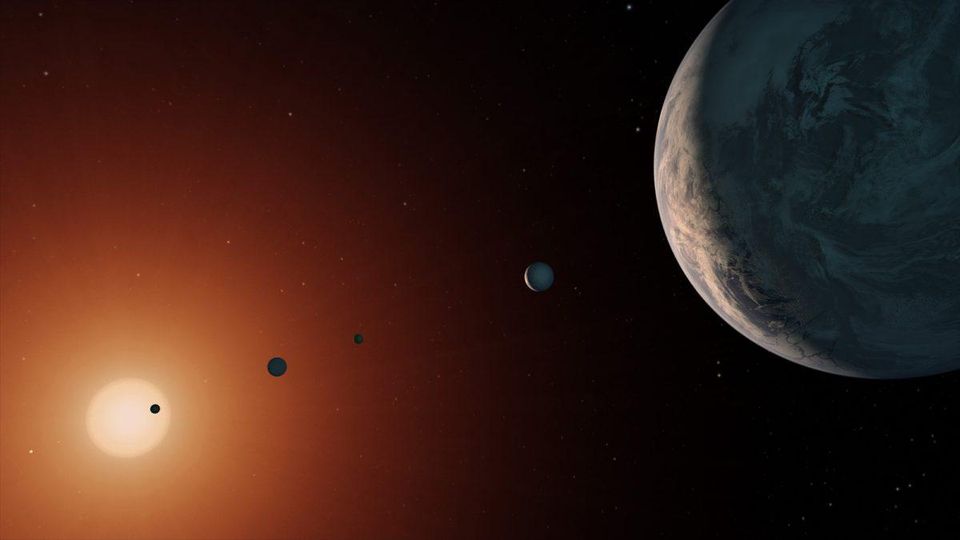The Hunt For Alien Technosignatures Continues

The hunt for extraterrestrial life signs has been made known in the last years for the broad public. However, for almost sixty years, groups of researchers have been seeking radio and optical signatures from alien civilizations. Now, the Search for Extraterrestrial Intelligence (SETI) has been considered by a more conventional group of scientists keen to hunt for optical alien technosignatures.
At the AbSciCon 2019 conference on astrobiology in Bellevue, Washington DC., Adam Frank, a University of Rochester astrophysicist and author of ‘Light of the Stars: Alien Worlds and the Fate of the Earth,’ said that the exoplanet revolution allows us to observe them well. By concluding the state of their atmospheres, we can see if there is a biosphere. Also, researchers can find out if an ‘energy-intensive’ civilization has altered the biosphere. Frank added that anthropogenic climate change is probably typical for any culture in the universe.
The search for alien life
Machine learning is also giving a hand in the technosignatures hunt. Daniel Giles, a doctoral candidate at the Illinois Institute of Technology, said that his method of seeking technosignatures is a strategy to precisely detect and emphasize the weirdest data within a dataset. The target is to frequently identify the most peculiar sources which will match the unique sources, easing the process.
The best way to implement this method is on extensive public surveys, says Giles. For instance, the most recent move to seek optical technosignatures implicates the use of ground-based, high-energy telescopes to identify beams of Cherenkov radiation in our atmosphere. The speed of light in that environment generates Cherenkov radiation. On Earth, Cherenkov radiation is usually created when charged particles collide with the water or the thick atmosphere.
These telescopes are made to gather light from and capture images of nanosecond flashes of such light generated by the correlations of incoming cosmic gamma rays and charged particles in our planet’s atmosphere. Dave Kieda, an astrophysicist at the University of Utah in Salt Lake City, notes that the telescopes’ broad optical collection regions and quick cameras are appropriate to the hunt for optical flashes from an alien civilization.
Detecting alien techosignatures
Another strategy implies searching for alien city lights, or even the revealing signs of exhaust from alien spaceships. Using spectroscopy, namely the LUVOIR, a NASA space telescope that could launch sometime around 2040, would lead image planets similar to Earth around close stars, and calculate their atmospheres and climates. The idea was sparked by Thomas Beatty, an astronomer at the University of Arizona, which noted it into an AbSciCon synopsis. He also wrote that the powerful telescope would be capable of identifying city lights on planets similar to Earth as well.
Beatty hopes LUVOIR will capture about 50 potentially livable Earth-like planets. However, each survey would need approximately 100 or 200 hours of devoted time to make technosignature calculations. LUVOIR telescope would also be capable of detecting spaceships utilizing nuclear fusion through the spectroscopic marks of their motors’ hot fusion discharge.
0 comments